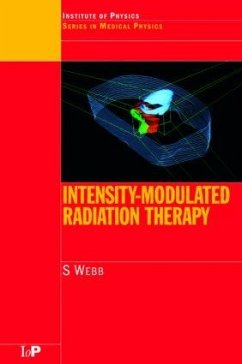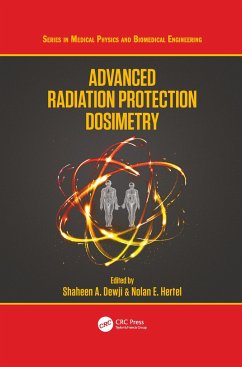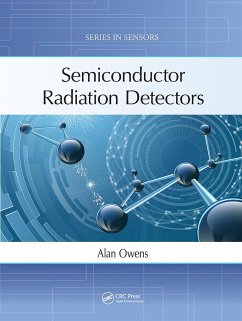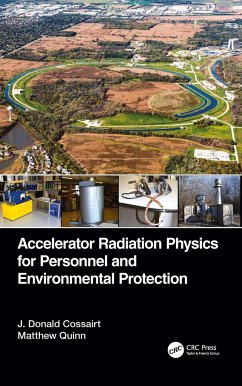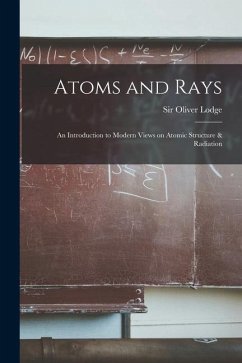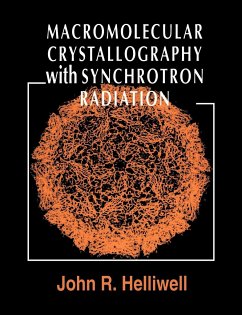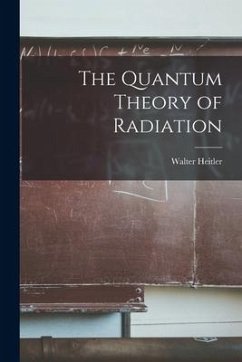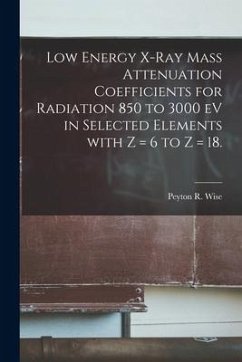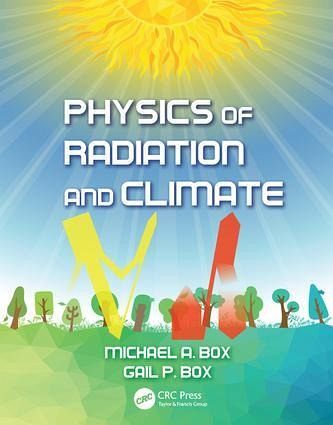
Physics of Radiation and Climate
Versandkostenfrei!
Versandfertig in 1-2 Wochen
120,99 €
inkl. MwSt.

PAYBACK Punkte
60 °P sammeln!
Our current climate is strongly influenced by atmospheric composition, and changes in this composition are leading to climate change. Physics of Radiation and Climate takes a look at how the outward flow of longwave or terrestrial radiation is affected by the complexities of the atmosphere's molecular spectroscopy. This book examines the planet in its current state and considers the radiation fluxes, including multiple scattering, photochemistry, and the ozone layer, and their impact on our climate overall.Starting from the physical fundamentals of how electromagnetic radiation interacts with ...
Our current climate is strongly influenced by atmospheric composition, and changes in this composition are leading to climate change. Physics of Radiation and Climate takes a look at how the outward flow of longwave or terrestrial radiation is affected by the complexities of the atmosphere's molecular spectroscopy. This book examines the planet in its current state and considers the radiation fluxes, including multiple scattering, photochemistry, and the ozone layer, and their impact on our climate overall.
Starting from the physical fundamentals of how electromagnetic radiation interacts with the various components of the Earth's atmosphere, the book covers the essential radiation physics leading to the radiative transfer equation. The book then develops the central physics of the interaction between electromagnetic radiation and gases and particles: absorption, emission, and scattering. It examines the physics that describes the absorption and emission of radiation, using quantum mechanics, and scattering, using electromagnetism. It also dedicates a detailed chapter to aerosols, now recognized as a key factor of climate change. Written to be used for a first course in climate physics or a physics elective, the text contains case studies, sample problems, and an extensive reference list as a guide for further research.
In addition, the authors:
Provide a complete derivation of molecular spectroscopy from quantum mechanical first principlesPresent a formal derivation of the scattering of radiation by molecules and particlesInclude the latest results from the Intergovernmental Panel on Climate Change Fifth Assessment Report (IPCC AR5)
Physics of Radiation and Climate shows how radiation measurements are used to aid our understanding of weather and climate change and provides an introduction to the atmosphere. This book covers the key branches of physics with a specific focus on thermodynamics, electromagnetism, and quantum mechanics.
Starting from the physical fundamentals of how electromagnetic radiation interacts with the various components of the Earth's atmosphere, the book covers the essential radiation physics leading to the radiative transfer equation. The book then develops the central physics of the interaction between electromagnetic radiation and gases and particles: absorption, emission, and scattering. It examines the physics that describes the absorption and emission of radiation, using quantum mechanics, and scattering, using electromagnetism. It also dedicates a detailed chapter to aerosols, now recognized as a key factor of climate change. Written to be used for a first course in climate physics or a physics elective, the text contains case studies, sample problems, and an extensive reference list as a guide for further research.
In addition, the authors:
Provide a complete derivation of molecular spectroscopy from quantum mechanical first principlesPresent a formal derivation of the scattering of radiation by molecules and particlesInclude the latest results from the Intergovernmental Panel on Climate Change Fifth Assessment Report (IPCC AR5)
Physics of Radiation and Climate shows how radiation measurements are used to aid our understanding of weather and climate change and provides an introduction to the atmosphere. This book covers the key branches of physics with a specific focus on thermodynamics, electromagnetism, and quantum mechanics.





